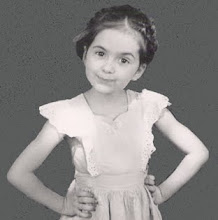At present I am making a dummy for a manuscript I have written. I’ve already visualized the illustrations in my mind. I have thought a great deal about the project, gathered reference scrap, my own photos, reference books and even magazine pictures – anything that inspires me. I have organized them into file folders, labeled by character or composition ideas or by a specific illustration I have in mind. At this point I sometimes do character studies to make sure the characters are recognizable each time they’re drawn. I then look at my collection of picture books and try to analyze if my illustrations and text would best be suited to a vertical or horizontal format. Are the pictures sweeping across the page? Do they need space? Is it an intimate, cozy story that should be a small format? I think the manuscripts tell you how they want to be depicted.
When I’m ready to progress to the dummy stage, I divide the manuscript in page breaks that keeps the right pace within 32 pages. I’m ready to do thumbnail storyboards next, to get an overview of the layout. I pay special attention to the scale of the illustrations, the flow from one picture to the next. I try to vary the complexity of the design. Pictures need to show progression and movement.
Several points I try to keep in mind as I plan and work:
- The words and pictures work together. They must complement each other.
- The pictures that face one another must work together! They must complement each other.
- Plan colors carefully – they convey mood.
- Watch the gutters! Keep details out of that area.
- Always include extra surprises or interesting details not in the text.
- The word illustration comes from the Latin, and means to light up or illuminate – that’s what we’re trying to do!
I’d love to know if anyone has favorite tips or examples of how they get the job done!



















I love your mother's idea of holding artwork up to the mirror. I can imagine that's a useful trick - I have to try it! It's so interesting to learn about the different approaches artists take.
ReplyDelete